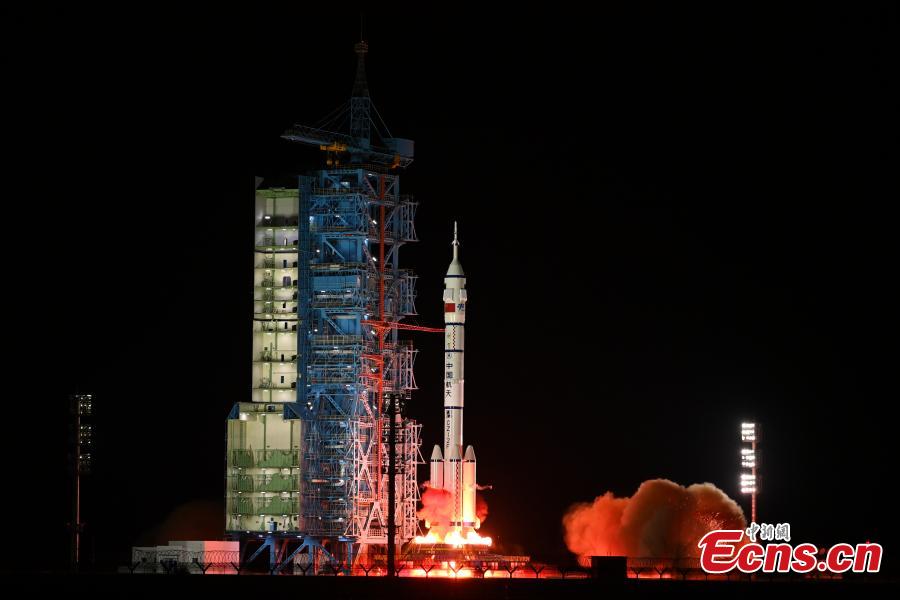
A pivotal obstacle in the path to realizing quantum computers is the imperative development of ‘quantum error correction’ technology. This technology presents a groundbreaking solution for rectifying errors that arise in the qubit, the fundamental unit of quantum computation, and prevents their amplification during computations. Without quantum error correction, the surpassing of classical counterparts by quantum computers would be an insurmountable feat.
Hence, relentless global efforts are directed towards propelling the advancement of this pivotal technology. In a monumental stride, Dr. Seung-Woo Lee’s research team at the Korea Institute of Science and Technology (KIST)’s Quantum Technology Research Centre has achieved a historic breakthrough by developing the world’s first hybrid quantum error correction technique for discrete variables (DV) and continuous variables (CV).
Furthermore, they have designed a fault-tolerant quantum computing architecture based on this groundbreaking hybrid technique. This pioneering achievement propels quantum computing into an unprecedented realm of possibility and potential. Qubits implementing quantum error correction are the backbone of the future of computing, known as logical qubits.
They can be realized in two different ways: Discrete Variable (DV) and Continuous Variable (CV). Companies such as IBM, Google, Quera, and PsiQuantum are at the forefront of developing quantum computers using the DV method, while Amazon (AWS), Xanadu, and others are pioneering the adoption of the CV method. Each approach has its own set of advantages and disadvantages, impacting manipulation difficulty and resource efficiency.
KIST researchers have proposed a groundbreaking method to integrate the error correction of DV and CV qubits, which was previously developed separately. They have engineered a fault-tolerant architecture based on hybrid technology and demonstrated through numerical simulations that it combines the best of both methods. This innovation is set to revolutionize quantum computation and error correction, unlocking unprecedented efficiency and effectiveness.
In the realm of optical quantum computing, the hybrid approach has the potential to achieve a photon loss threshold up to four times higher than existing techniques while improving resource efficiency by more than 13 times, all without compromising the logic error rate. “The hybrid quantum error correction technology developed in this study can be combined not only with optical systems but also with superconductors and ion trap systems,” said Dr Jaehak Lee of KIST. “This research provides a new direction for the development of quantum computing,” said Dr Seung-Woo Lee of KIST, who led the research.
“Hybrid technologies that integrate the advantages of different platforms are expected to play a crucial role in developing and commercializing large-scale quantum computers.” KIST and the University of Chicago joined forces in March last year, signing a memorandum of understanding (MOU) to embark on a thrilling journey of quantum technology research. Their collaboration also involves Seoul National University.
In just over a year, the researchers have achieved a remarkable milestone through international collaboration, demonstrating their potential to pioneer core technologies in the fiercely competitive realm of quantum computing. KIST is spearheading an international collaborative research center dedicated to advancing core technologies for quantum error correction. Partner institutions such as the University of Chicago, Seoul National University, and Canadian quantum computing company Xanadu are all part of this groundbreaking initiative.
Journal reference:.










